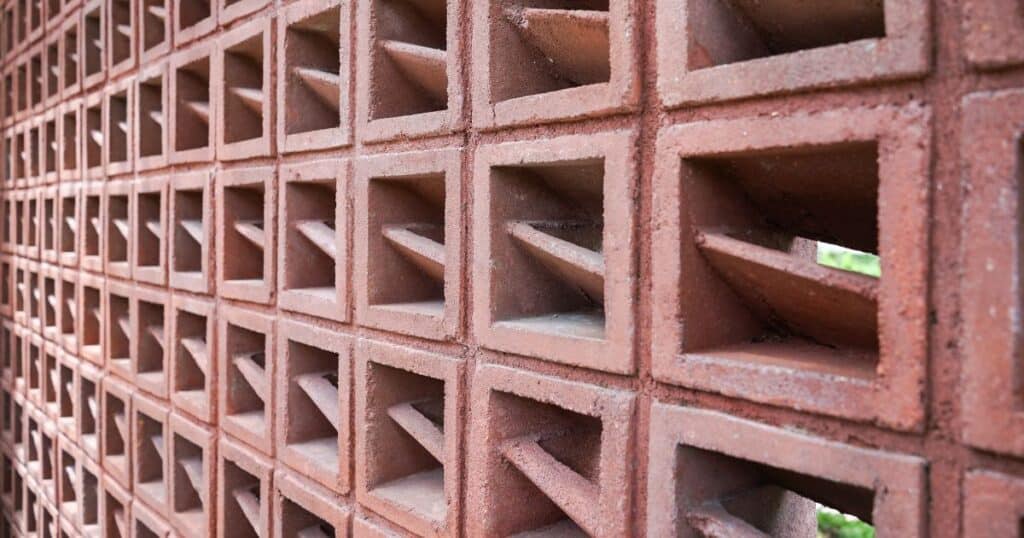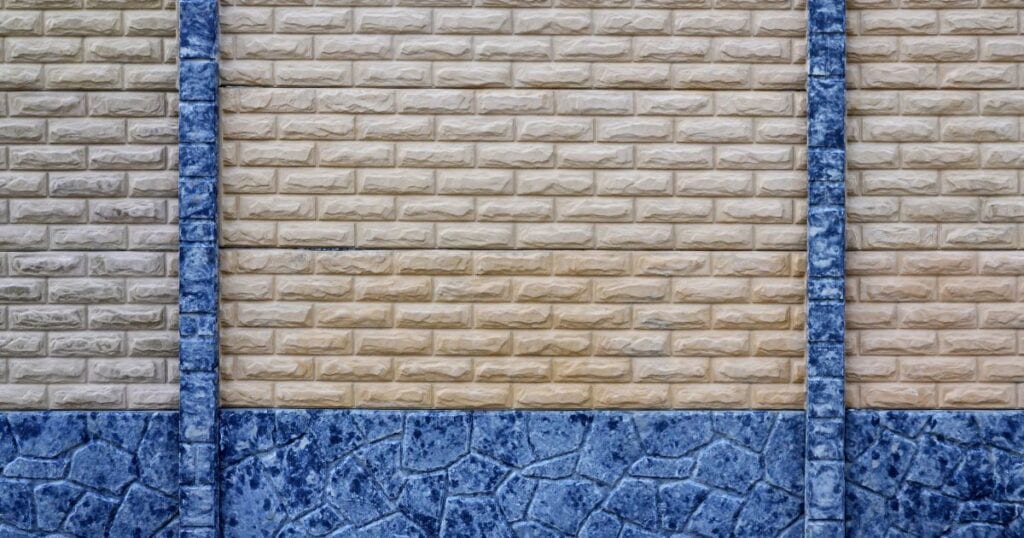Concrete fence is a popular choice for property fencing due to its longevity, durability and wide variety of styles.
Advantages of concrete fences
Durability and strength
Concrete fences are characterized by high fortress and lifespan. Thanks to their material - concrete blocks - they are very resistant to external influences. Compared to other types of fencing, they offer a longer lifespan that can last for decades. At the same time, it can provide security and protection against street noise.
Maintenance
Another advantage of concrete fences is their maintenance-free. Concrete fences do not require painting or other preservation, which saves you time and money on maintenance. The greater resistance of concrete fences to dirt and dust from the environment means that your fences will look clean and well-maintained without having to pay extra attention to cleaning them.

Style and combination with other materials
Concrete fences are available in a variety of styles and designs, allowing you to choose one that best suits your needs and tastes. In addition, they can combine with other materials such as wood, metal or glass. Thanks to this, you can achieve a stylish and distinctive appearance of your fence, which at the same time meets the necessary functionality.
In the case of concrete fences, you have the option of choosing between different finishes, which allows for further personalization of the look. In addition, concrete fences are an architecturally interesting solution that can enrich your outdoor spaces.
Types of concrete fences
Concrete blocks (fences)
Concrete blocks they are a basic element for the construction of concrete fences. They are characterized by strength and resistance to weather effects. Columns made of concrete blocks can be of different shapes and sizes, which offers a wide range of options for individual selection. For example, chipped stone and broken stone are commonly used patterns for concrete blocks.
Concrete slabs
Concrete slabs form the main part of concrete fences and serve as a protective barrier between the property and the surroundings. These plates have different dimensions, from the usual ones with dimensions of 200 x 50 cm and a width of 4.5 cm, through low ones with a height of 25 cm, to the highest with a height of 60 cm. The boards can be single-sided or double-sided, with different patterns and colors, which will ensure the aesthetic appearance of the concrete fence.
Some of the concrete slab designs available:
- Split stone
- Broken stone
- Decorative concrete blocks

A personalized solution
In addition to standard concrete fences, you can also consider personalized solution. This means that the concrete fence will be designed exactly according to your needs and requirements. Personalized concrete fences can be from 0.5 to 3 m in height, which offers many options for different purposes, such as family houses, cottages, gardens or corporate buildings.
One of the main advantages of personalized concrete fences is the possibility to combine different parts with each other, which creates a unique and original look. The artistic expression of concrete fences can be further enriched with various materials, such as plastic, metals or stone.
Appearance of concrete fences
Concrete fence offers many options when it comes to appearance and decoration. Thanks to different decors and color variations, you can achieve an aesthetically appealing and durable fence. In this section, you will learn about some of the commonly available options for the appearance and decoration of concrete fences.
One of the popular decors is split stone, which can be gray or sand colored. This decor imitates natural stone, which makes it look very authentic. The advantage is that concrete fences with a chipped stone motif are more affordable than brick or aluminum fencing.
If you are looking for alternative decors, you can consider a brick look, which allows the imitation of a brick fence. If you want to combine several types of fencing, a concrete fence can easily be combined with a wire fence or other options.
Commonly, concrete fences are produced in several color variations and shades. Consider which shade best matches your home and surroundings. Some of the colors offered include grey, sand, brown or perhaps terracotta.
Here is a list of some common concrete fence decors:
- Chipped stone (grey or sandstone)
- Brick
- Wood
- Different geometric patterns
To achieve the maximum aesthetic effect, you can also choose different types of posts that match the chosen decor of the fence boards. Columns can be smooth, one-sided or double-sided.
In short, a concrete fence offers a wide range of appearance and decoration options. It is up to you what style and type of fencing you decide to use to enclose your property, and what material you choose.
FAQs
What are the standard dimensions of concrete fences?
The standard dimensions of concrete fences can vary, but usually the boards are offered in heights of 25 cm and 50 cm. The height of the fence depends on your preferences and the number of layers of these boards.
Where can you buy a second-grade concrete fence?
Second-rate concrete fences can often be purchased from concrete fence manufacturers or sellers who offer goods with minor defects or inaccuracies at a reduced price. It is important to carefully research the options and verify the quality of these fences before purchasing.
What is the average lifespan of a concrete fence?
The average lifespan of a concrete fence can be around 50 years or more if properly constructed and maintained. Concrete fences are resistant to weather, frost and water, which contributes to their long life.
What is the difference in price between an ordinary and imitation concrete fence?
The cost of a regular concrete fence can vary from a faux concrete fence that mimics the look of another material such as wood or stone. Imitation concrete fences can be more expensive due to improved finishes and more complex manufacturing.
How is the price per meter of concrete fence calculated?
The price per meter of a concrete fence is determined based on the number and dimensions of boards, posts and the number of layers required for the construction of the fence. You can also add to the price the cost of transport, installation and any other modifications such as painting or surface treatment.
What are the steps involved in making a concrete fence yourself?
Making a concrete fence with your own hands includes the following steps:
Digging holes for posts and preparing the ground
Placing posts in holes and filling with concrete
Checking the verticality of the posts and letting the concrete harden (at least a week)
Installation of concrete slabs between posts.
When building a concrete fence yourself, it is important to follow the correct procedures and pay attention to the quality of the material and design.
